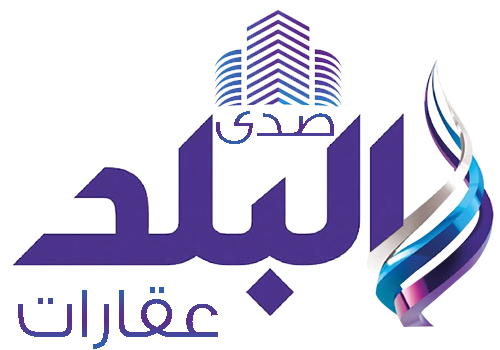The Egyptian-British archaeological mission, working under the Supreme Council of Antiquities and the New Kingdom Research Foundation, has uncovered the long-lost tomb of Pharaoh Thutmose II, one of ancient Egypt’s most elusive royal burials.
The discovery was made in Wadi C, a remote area in the Theban Mountain, west of Luxor, about 2.4 kilometers from the Valley of the Kings. This find marks the first royal tomb discovery since the unearthing of Tutankhamun’s tomb in 1922, making it a landmark moment in modern Egyptology.
The mission initially uncovered the tomb’s entrance and main corridor in 2022, but it was only during this excavation season that evidence confirmed it belonged to Thutmose II, husband and half-brother of Queen Hatshepsut.
The discovery was unexpected, as archaeologists first believed it might belong to one of Thutmose III’s wives or another noblewoman, given its location near royal female burials.
Alabaster vessels inscribed with the name of Pharaoh Thutmose II were found inside the tomb, bearing titles that identified him as "the deceased king." His wife, Queen Hatshepsut, also appears in inscriptions, strongly suggesting that she oversaw his burial rituals.
This is an extraordinary find because, until now, no funerary furniture or burial artifacts belonging to Thutmose II had been discovered in any museum worldwide. This makes the newly excavated relics a priceless addition to the historical understanding of the 18th Dynasty.
Despite its historical significance, the tomb was found in poor condition, having suffered severe flood damage shortly after the king’s death. Water infiltration caused structural collapses, affecting the burial chamber and its contents. Early analysis suggests that many of the tomb’s original treasures were relocated in antiquity to protect them from further destruction.












